Moving Beyond Pilots: AI at Enterprise Scale
Is your AI POC (Proof of Concept) stuck in the pilot phase? Bothered that it might make it to the final phase, and your millions of dollars invested would go to waste.
Well, before trying to break your AI PoC free from the shackles of pilot phase, you first need to understand why pilots stall.
Any technical challenge related to integration of AI into existing systems.
Restrict executive sponsorship or indistinct business objectives.
Missing structured roadmap to scaling outside the pilot.
Miscalculating the behavioral and cultural shifts.
Apart from these, there’s a lack of clear business value, poor data quality and infrastructure, cultural resistance, and insufficient leadership & governance.
Overcoming these requires a focus on business objectives, strong data strategies, concise & clear leadership alignment, and a structured approach to integration and scaling.
Table of Contents
What is the role of leadership in AI scalability?
Leadership in AI scalability is all about developing a strategic vision, ensuring allotment of required resources, creating a collaborative culture while ensuring ethical development. The leaders must define clear accountability and business goals to ensure a sustainable momentum for long-term AI scalability.
Accelerating CXO Decisions with Real-Time Analytics of Databricks AI Integration
Speeding decision making process of CXOs through real-time analytics using Databricks AI Integration includes incorporating the Databricks Lakehouse Platform to offer prompt actionable insights.
This approach attends the requirement for quick & better strategic decisions in dynamic business environments. There are some major aspects of this acceleration include:
Unified data platform
Databricks combines data warehousing and data lakes, facilitating decision makers to access all enterprise data, structured and unstructured, in real-time. This removes data silos and offers a single source of truth for decision-making.
Real-time data ingestion & processing
The capabilities of Databricks Lakehouse to stream data ingestion and real-time processing permit continuous analysis of operational data, market trends, and customer communication.
Advanced Analytics and AI
Databricks AI Integration integrates with different analytical tools and machine learning frameworks. This allows development and disposition of predictive models and AI-driven insights.
Interactive dashboards and reporting
The platform supports the creation of interactive dashboards and reports that visualize key performance indicators (KPIs) and analytical findings in an easily digestible format for CXOs.
Scalability and performance
Databricks’ scalable architecture ensures that even with large volumes of real-time data, the platform can deliver consistent performance and rapid query execution, crucial for on-demand insights.
Collaborative environment
The platform fosters collaboration among data teams, analysts, and business leaders, enabling a more efficient process from data collection to insight generation and strategic action.
By implementing real-time analytics with Databricks AI Integration, CXOs can move from reactive to proactive decision-making, gaining a competitive advantage through timely insights and data-driven strategies.
Lakehouse as the Engine of AI-Driven Growth
The Databricks Lakehouse platform acts like a one-for-all engine focused on AI-driven growth by offering an open, unified, and governed architecture for all AI workloads. This removes the complexity for combining separate data warehouses and data lakes. Also, it offers a single source of information that can boost up the entire AI lifecycle.

Benefits of the Lakehouse architecture
Data lake flexibility: Manages different data types like audio, images, and video, which is vital for modern AI models.
Data warehouse reliability: Provides the ACID (short for Atomicity, Consistency, Isolation, and Durability) transactions, governance, and performance needed for Business Intelligence and Machine Learning.
Let’s look how Databricks Lakehouse facilitates AI-driven growth.
The platform’s unified architecture simplifies workflows, enabling data teams to work more efficiently and collaboratively.
Accelerates time-to-value: Data engineers, data scientists, and analysts can all work on a single copy of the data, eliminating data silos and the slow, error-prone process of moving data between different systems.
Increases collaboration: The integrated workspace and unified platform enable seamless collaboration between data and AI teams, from data preparation to model deployment and monitoring.
Provides a data-centric approach: Instead of focusing on fragmented tools, teams can build AI applications directly on reliable, high-quality data. Lakehouse AI features allow for the secure training and fine-tuning of models using an organization’s proprietary data.
Example: Rolls-Royce uses Databricks to power predictive maintenance for its aircraft engines, improving efficiency by minimizing risks and reducing lead times for spare parts.
Balancing Speed with Accuracy in Enterprise Databricks AI Integration
Databricks AI Integration addresses the crucial balance between speed and accuracy in enterprise AI by leveraging its unified Data Intelligence Platform and its key components.
Here’s how Databricks achieves this balance:
Unified platform for data & AI
Databricks’ Lakehouse architecture combines the best of data lakes and data warehouses, allowing organizations to store, process, and analyze structured and unstructured data types in a single platform.
Speed and scalability
Databricks is built on Apache Spark, which allows for highly parallelized and distributed computing, making it efficient for processing large datasets and scaling AI workloads. The serverless compute capabilities of Databricks for SQL warehouses, jobs, and notebooks simplify resource management, reduce startup latency, and optimize cost by automatically scaling resources as needed.
Accuracy and reliability
The open-source storage layer, Delta Lake, provides ACID transactions, schema enforcement, and data versioning, ensuring data integrity and reliability, which is crucial for training accurate AI models. Databricks integrates with MLflow, an open-source platform for managing the end-to-end machine learning lifecycle, enabling teams to track experiments, manage model versions, and ensure reproducibility, leading to more accurate models.
Simplified development and deployment
Databricks Assistant, Genie, and AI-generated comments simplify coding, data exploration, dashboard building, and documentation, improving productivity for data professionals and business users alike. Databricks integrates with popular cloud platforms like Azure, AWS, and Google Cloud, enabling flexible deployment and scalability for diverse use cases.
By combining these features and best practices, Databricks empowers enterprises to build, deploy, and manage AI solutions that are both fast and accurate, driving innovation and delivering real business value.
Scaling Without Breaking Budgets or Infrastructure
Databricks enables budget-friendly and scalable data workloads through its cloud-native Lakehouse platform, which features serverless compute, automatic scaling of resources based on demand, and flexible infrastructure with separated storage and compute.
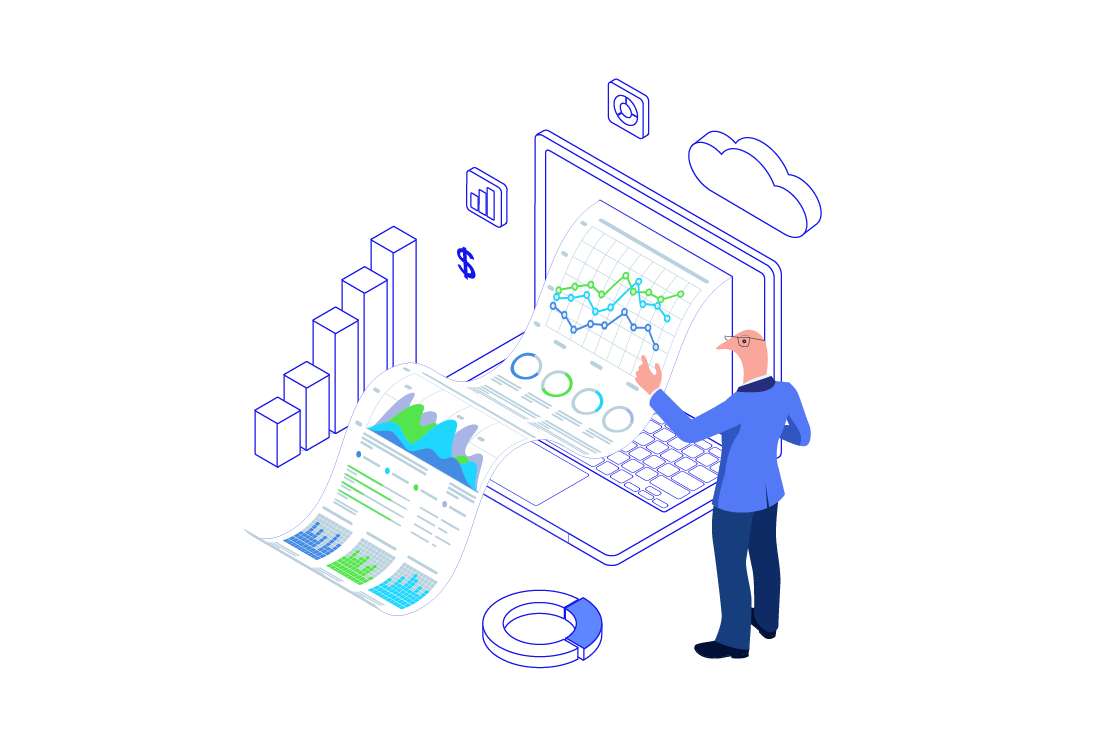
How Databricks Scales Without Breaking the Budget
Workload-Aware Autoscaling: Databricks automatically adjusts the number of worker nodes in a cluster (scaling up or down) based on the actual resource demands of the workload. This prevents over-provisioning and ensures you only pay for the compute power you need.
Separation of Compute and Storage: The Lakehouse architecture separates data storage (in data lakes) from compute resources, allowing them to scale independently. This provides greater flexibility and control over costs, as you can adjust compute without affecting your data.
Serverless Compute: For many jobs and interactive notebooks, Databricks offers serverless compute options, eliminating the need to configure and manage infrastructure. Databricks handles the scaling and management of these resources automatically.
Auto-Termination: By configuring auto-termination, idle compute resources are automatically shut down after a specified period, which helps to reduce costs by eliminating idle resources.
Best Practices for Cost and Performance Optimization
Set Realistic Autoscaling Limits: Define minimum and maximum node limits for your clusters to avoid excessive costs, especially by preventing high maximum node counts by default.
Monitor Performance: Regularly monitor your clusters to ensure autoscaling is functioning efficiently and meeting both your operational and financial goals.
Optimize Job Scheduling: Schedule data processing jobs during non-peak hours to avoid resource contention and potential scaling delays.
Select the Right Runtime: Choose the appropriate Databricks Runtime (e.g., Photon Runtime for SQL, ML Runtime for machine learning) for your specific workload to maximize performance and efficiency.
Leverage the Medallion Architecture: Structuring data into bronze, silver, and gold layers within the Lakehouse helps to optimize data for different uses, such as BI tools, reducing query load and improving access times.
Conclusion
Modern enterprises can no longer afford AI pilots that stall or siloed analytics solutions that fragment insight. Databricks’ Lakehouse platform—built on Delta Lake, MLflow, auto-scaling, and unified governance, offers CXOs a holistic, scalable engine for AI-driven decisions. It empowers organizations to move from sporadic experimentation to real-time, accurate, and cost-efficient intelligence across the business.
For the CXO, the key is clear: by embracing a unified data infrastructure like Databricks, you unlock faster, more confident decisions—without ballooning costs or compromising governance. That’s what defines enterprise-scale AI success today.
Ready to move beyond pilots? BluEnt helps enterprises scale Databricks AI Integration for CXO-ready insights. Let’s talk.
FAQs
What prevents many AI projects from moving beyond pilot stage?Many enterprises lack unified governance, robust infrastructure, and cost-effective platforms, causing only about 29% to feel their AI is production ready.
How does Databricks enable real-time CXO decision-making?Through Delta Lake and streaming pipelines that support real-time ingestion, and MLflow & auto-scaling that speed up model deployment.
What advantages does the Lakehouse architecture bring?It unifies data, analytics, and AI workloads in an open, governance-backed platform—freeing organizations from fragmented systems and manual tuning.
How is speed balanced with AI accuracy?Databricks and Anthropic aim for >95% accuracy in AI agents by tightly integrating reliable models with real-time data pipelines.
How do organizations scale AI cost-efficiently?By adopting unified governance catalogues, leveraging auto-scaling infrastructure, and treating AI rollout as an engineered, iterative process—not ad-hoc experimentation.











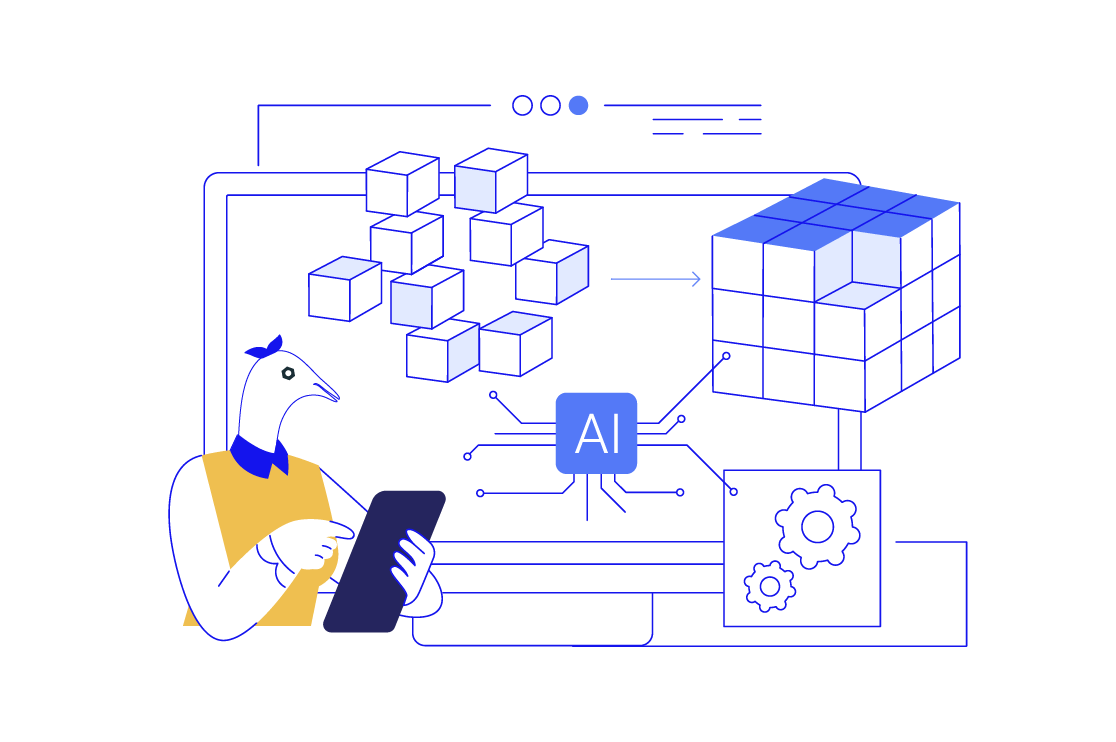
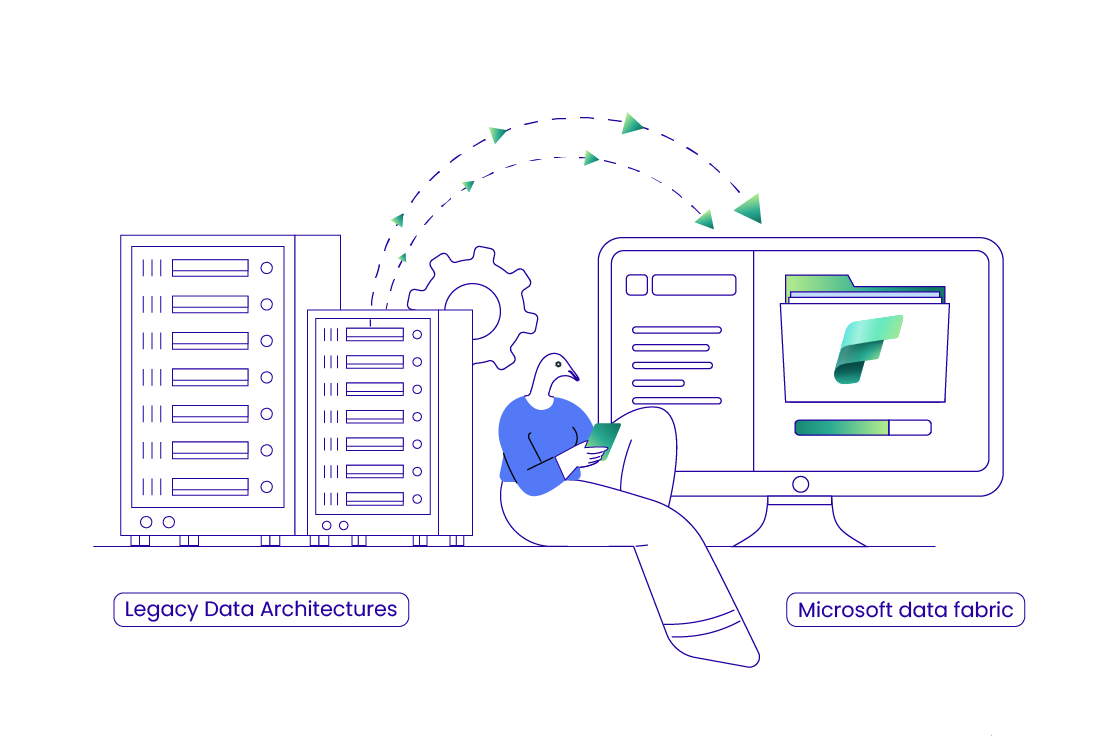 Migrating Legacy Data Architectures to Microsoft Data Fabric: Key Risks, Rewards, & ROI
Migrating Legacy Data Architectures to Microsoft Data Fabric: Key Risks, Rewards, & ROI 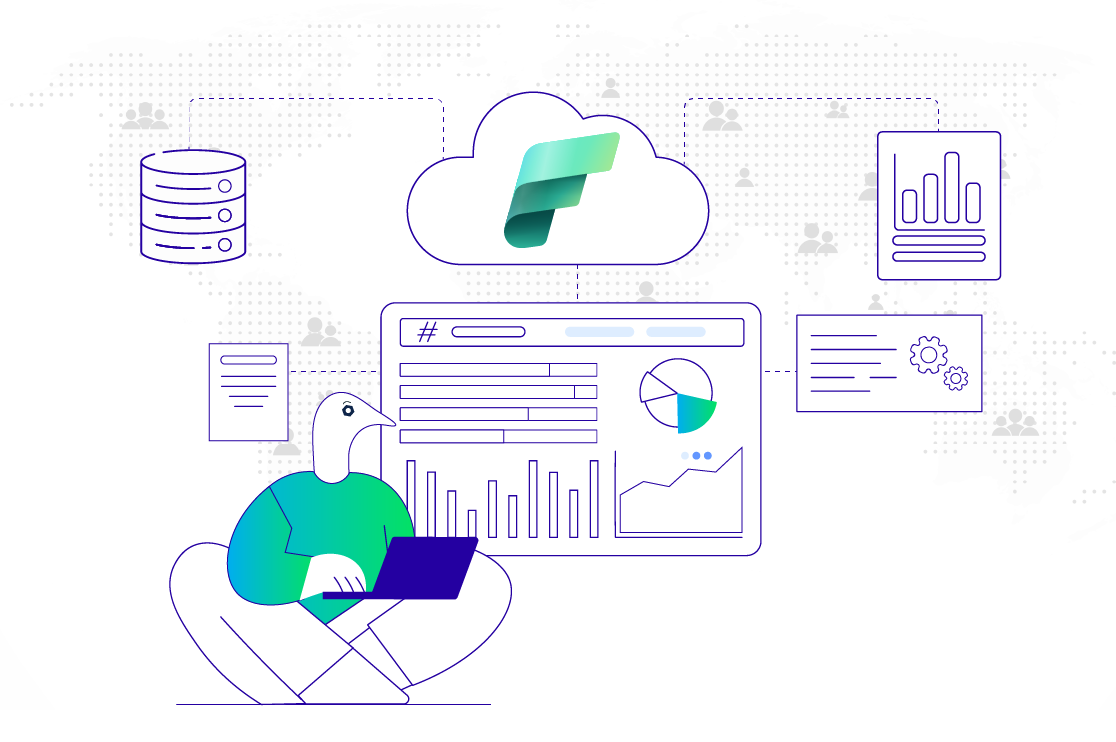 How Microsoft Data Fabric Integration Ensures Compliance, Security & Standardization for Enterprises
How Microsoft Data Fabric Integration Ensures Compliance, Security & Standardization for Enterprises 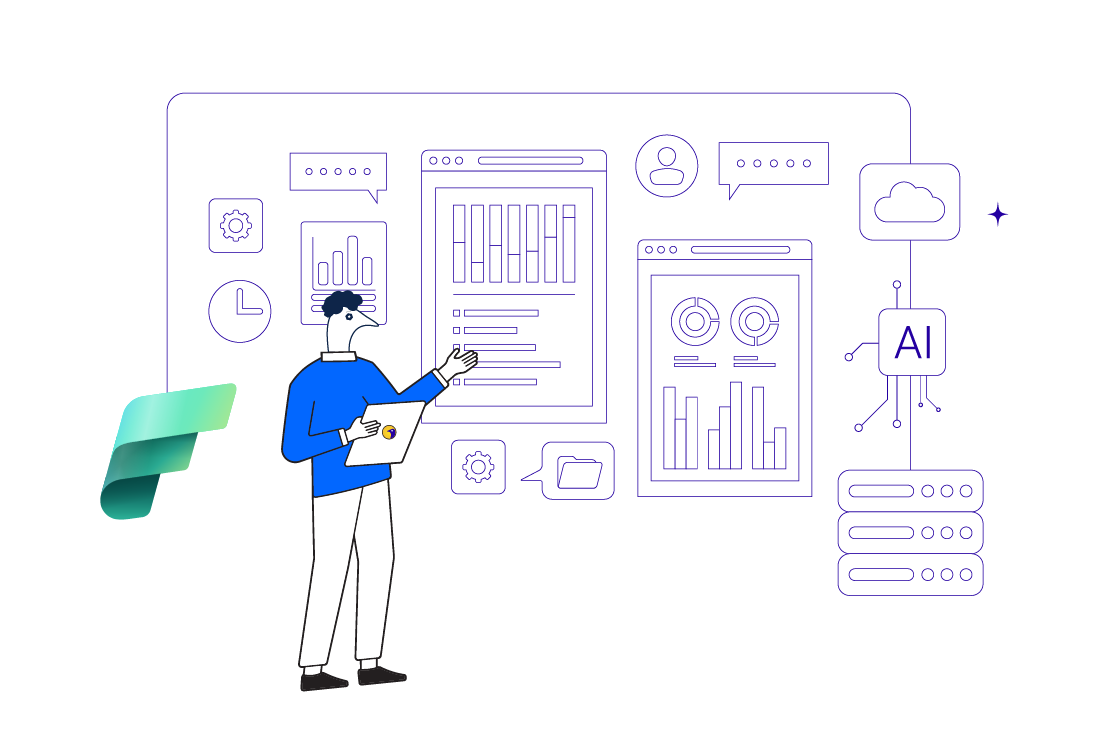 Real-Time Intelligence in Microsoft Fabric: Enabling CXOs With Faster Decisions
Real-Time Intelligence in Microsoft Fabric: Enabling CXOs With Faster Decisions 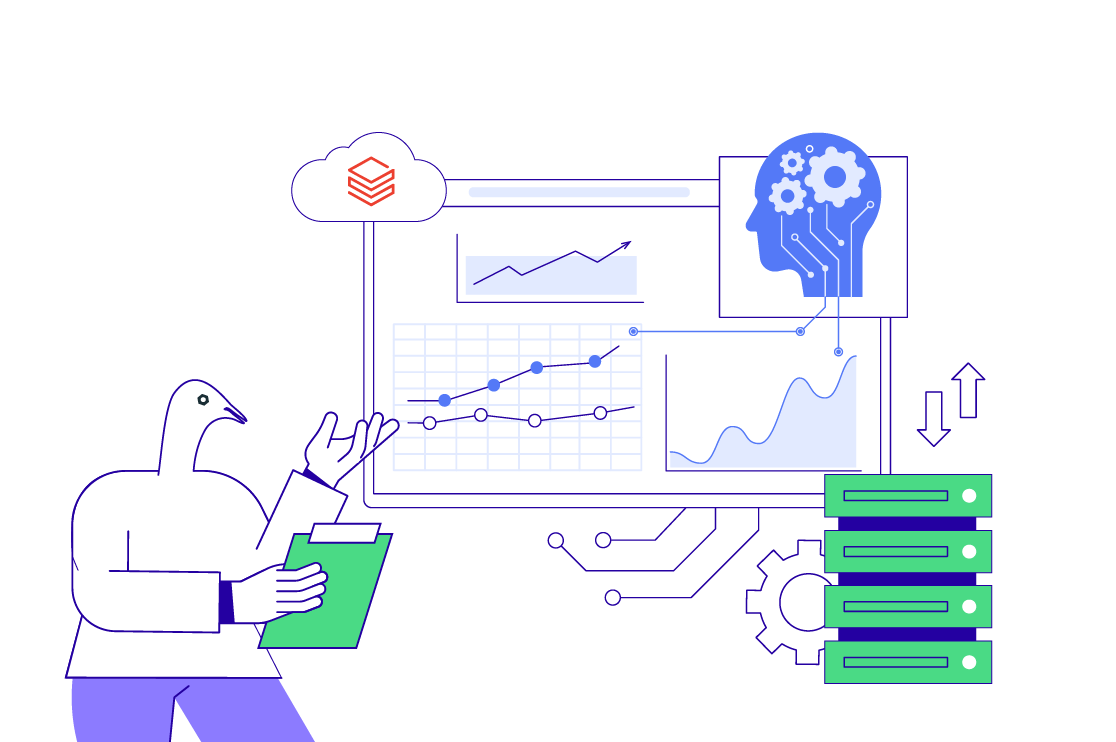 Scaling AI & Analytics on Databricks: CXO Use Cases that Deliver
Scaling AI & Analytics on Databricks: CXO Use Cases that Deliver 
